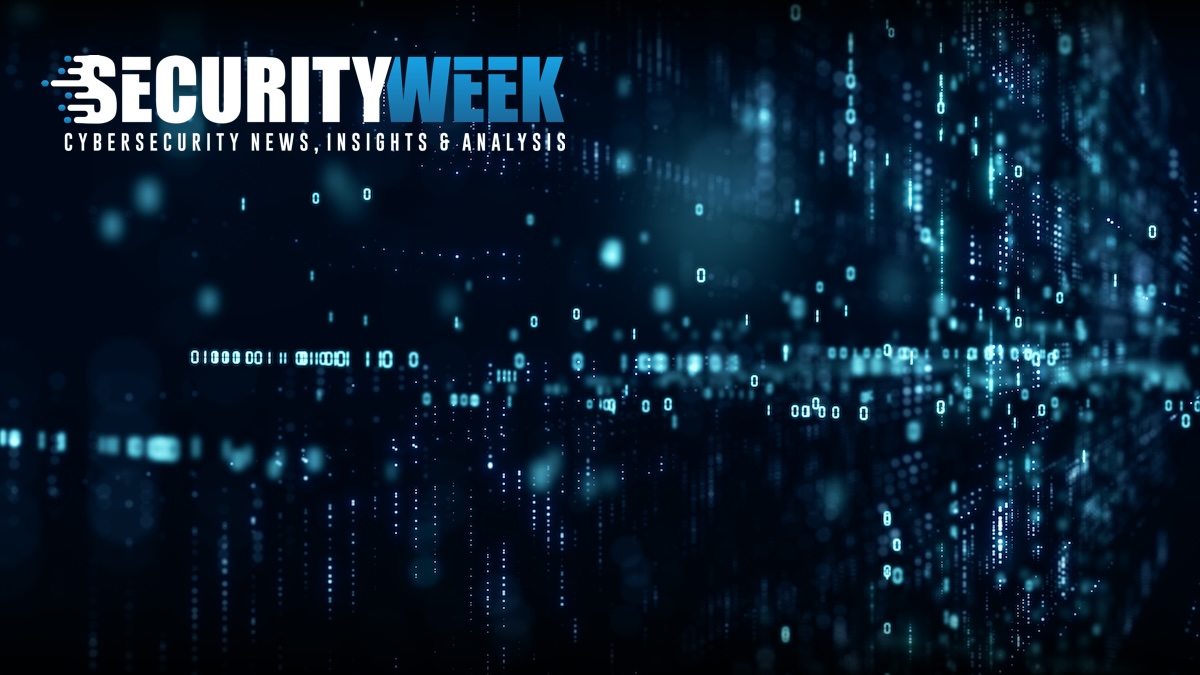
Threat Actor: Cybercriminals, State-Sponsored Actors | cybercriminals
Victim: Organizations, Cryptocurrency Exchanges | organizations
Key Point :
- The human element remains a critical vulnerability, necessitating enhanced security awareness and practices.
- Cryptocurrency exchanges are increasingly targeted, with cybercriminals leveraging crypto malware and ransomware.
- State-sponsored attacks are expected to rise, particularly against critical infrastructure and government systems.
- Supply chain attacks are becoming more prevalent, requiring organizations to manage third-party risks effectively.
- Cybersecurity mesh architecture offers a proactive and integrated approach to enhance overall security resilience.

The year 2024 witnessed heightened cybersecurity activity, with security professionals and adversaries locked in a continuous game of cat and mouse. The dynamic nature of cyber threats and the ever-expanding digital attack surface have compelled organizations to refine and bolster their security architectures. Despite hopes for a respite from the relentless tide of phishing, ransomware, and credential-stuffing attacks, cybercriminals are poised to escalate their efforts in 2025, leveraging lessons learned and refining their tactics.
To stay ahead, it is crucial to anticipate the key trends likely to shape the cybersecurity landscape in 2025. The following predictions offer strategic insights for IT and security professionals to prioritize their efforts and adapt to the evolving threat landscape:
The Human Element: An Enduring Weakness – Despite advancements in cybersecurity tools, strategies, and AI, the human factor remains a persistent vulnerability. People are susceptible to phishing and social engineering tactics that attackers exploit to breach IT environments. Poor password practices and accidental data leaks further expose even well-protected networks to cyber threats. Increasingly, attackers bypass technical barriers entirely, simply logging in with weak, default, or compromised credentials.
Many breaches are preventable through basic cyber hygiene. However, organizations often allocate most of their security budgets to network defenses, neglecting the critical human element. Implementing security awareness training, multi-factor authentication (MFA), and Zero Trust identity management can significantly reduce this risk. These measures pave the way for a more resilient digital future by addressing one of cybersecurity’s most enduring challenges.
Cryptocurrency Exchanges: A Growing Target
The incoming U.S. administration’s pro-crypto stance is attracting cybercriminals, who are expanding their focus beyond traditional business networks to target cryptocurrency exchanges. In recent years, these platforms have faced numerous high-profile security breaches, such as the $550 million hack of Coincheck and the $30 million loss at Bithumb. In 2025, these attacks are expected to increase significantly as cybercriminals employ crypto malware and ransomware to exploit vulnerabilities. Crypto malware can encrypt data or hijack processing power for unauthorized crypto mining, while ransomware demands payments in cryptocurrency to restore access to critical data. These attacks leverage the anonymity of digital currencies, causing financial losses and operational disruptions for victims.
Defending against these threats requires robust cybersecurity measures and vigilant network monitoring. Effective mitigation strategies are similar to those used in traditional business environments, including strong access controls, data encryption, continuous monitoring, and comprehensive end user security awareness training. These measures provide the best return on investment and are essential for safeguarding cryptocurrency exchanges.
America First Approach Drives Rise in State-Sponsored Attacks
At the close of 2024, news broke of a massive Chinese espionage campaign, including revelations that Chinese hackers had accessed U.S. Treasury workstations. Previously, crime-affiliated actors were responsible for the majority of data breaches, accounting for over 60% of incidents, according to Verizon’s 2024 Data Breach Investigations Report. However, as the United States adopts an “America First” approach, nation-state actors are expected to intensify attacks on critical infrastructure and government systems.
This shift underscores the need for stronger cybersecurity measures and enhanced international cooperation. Organizations must proactively adapt to these threats by investing in advanced security technologies, fostering a culture of continuous learning, and collaborating across sectors to build resilience against increasingly sophisticated cyber adversaries.
Surge in Supply Chain Attacks
As organizations strengthen defenses against direct network attacks, hackers are turning to the supply chain as a new vector for infiltration. Exploiting vulnerabilities in third-party suppliers and service providers allows attackers to gain backdoor access to IT systems. The recent Cyberhaven Chrome Extension hack is just one example of the growing prevalence of supply chain attacks—a trend expected to surge further in 2025.
With spending on Managed Security Services projected to rise to $42.1 billion by 2028, hackers are likely to target these service providers to amplify the impact of their attacks.
Businesses must actively monitor and manage IT security risks within their supply chains. Key steps include implementing advanced supplier risk management practices, securing the software development pipeline, maintaining up-to-date software and systems, and enforcing strong access controls. By taking these measures, organizations can significantly reduce their exposure to supply chain attacks and enhance their overall cybersecurity posture.
The Emergence of Cybersecurity Mesh Architecture
The traditional approach of deploying more security solutions often creates challenges, as the sheer volume of data generated by numerous IT security tools can overwhelm organizations, forcing them into a reactive stance.
Cybersecurity mesh architecture (CSMA) offers a solution by enabling security tools to interconnect and collaborate through a unified framework. This approach allows tools to influence each other’s functionalities, creating a cohesive security ecosystem. CSMA enables organizations to extend security postures across diverse tools and makes security intelligence more predictive and effective.
According to Gartner, organizations that adopt a cybersecurity mesh architecture can reduce the financial impact of security incidents by an average of 90%. This strategy represents a shift from isolated security measures to an integrated, proactive approach, significantly enhancing overall resilience.
Conclusion
The cybersecurity landscape in 2025 will demand a careful balance between robust defense mechanisms and adaptive resilience. For IT and security professionals, the ability to continuously see, protect, and manage the entire attack surface is paramount. Safeguarding mission-critical assets, anticipating new threats, and building the capacity to withstand, recover from, and adapt to cyberattacks will remain at the core of successful organizational strategies.
By staying ahead of emerging threats and fostering a proactive cybersecurity culture, organizations can navigate the challenges of 2025 with confidence.
Source:
https://www.securityweek.com/anticipating-the-cyber-frontier-top-predictions-for-2025/